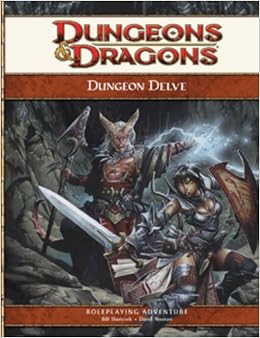First up, my real world timeline. I wanted to give you all a quick update on the Exploration Age Campaign Guide. Most of the history, description, and fluff has been written. That’s all being looked over by a group of close friends, pretty much all of the guys who play in my campaign. I’m taking the comments left on the blog into account as I revise and edit as well, so please keep them coming!
Right now all mechanics are still being tweaked. Obviously, I’m waiting for the release of the fifth edition Dungeons and Dragons core rule books before I lock it all down. I won’t be able to release anything for sale until the Open Gaming License is revealed in 2015. That’s good, because it gives me more time. I’m only one person and I can only do so much, especially when I want any modules and supplemental rules to be fair and balanced.
All that being said I know I can start finalizing some of the mechanics I’m creating starting July 3rd when the first set of D&D Basic rules drop and my local friendly gaming store will put out the D&D Starter Set. Wow that is close!!!
A Special Sneak Peek?
I also know that a lot of folks out there are eager to start a campaign around August 19th when the Player’s Handbook drops. Maybe, if I’ve done my job right, there are a few of you eager to play in the world of Exploration Age? Maybe with a less complete campaign guide lacking art and layout, but for free? A manuscript version of the Exploration Age Campaign Guide, if you will. If you are interested in that sort of thing, keep checking back here and follow me on Twitter for updates. It’s going to happen, but I won’t be giving it away for free for long so keep your eyes and Twitter feeds open.
And now a bit about my own process of creating Exploration Age and some excerpts…
Starting Point
When I first began getting into the details of Exploration Age, I wasn’t sure where to begin. If you’ve been following this blog for a while you how I determined the ideas and themes of the world as well as the major events inspiring Exploration Age. But what led to all of these events and got Canus into its current state? I needed some help and inspiration.
I looked at the timelines of my favorite campaign worlds like Dark Sun , Forgotten Realms, and Eberron. In looking at these timelines I realized something huge. Timelines are outlines. They give readers and authors the significant events in a world’s history. These events are deemed significant by the fact that their impact is still being felt in some way in the present. I didn’t just need to write a history, I needed to start with a timeline to help me mold the rest of the world.
All of these timelines begin with big, broad strokes which paint the settings’ most important beginning events with hundreds, thousands, tens of thousands, or hundreds of thousands of years in-between events. Heck, Eberron’s first event in its Age of Demons is 9.5 million years away from the next.
This is to say, only the really big events of the far past still matter today (for the most part). In general, when we look back in Earth’s history, it’s the real game changers that matter and for which we can still find evidence. Your ice ages, your rise and fall of the dinosaurs, and your big bangs fall into these broad strokes categories. Here’s what the beginning would look like for Exploration Age. (Note: BF stands for Before Findalay – since the formation of the countries and continent of Findalay are the defining moment in Canus’ history according to the people making the calendar. More on that below.)
- ??? Aberrant beings rule Canus. The first dragons hatch from eggs buried deep within Canus’ core and the tunnels they dig to climb out become The Underdark. The Chromatic Dragons bleed from the effort, lacking the hard scales of their metallic brethren, and their blood turns into the drow. Somewhere in the present day Damned Lands, a psionic race of peaceful humanoids has shielded their lands from the aberrant influence.
- 500,000 BF In present day Findalay and Parian, Chromatic Dragons, coveting power for themselves, war with the huge population of aberrants, but become locked in a bloody struggle in which no side ever has the clear advantage. Metallic Dragons in Verda form a less straight-forward plan to beat the abberrants and begin experimenting with planar magic.
- 300,000 BF Chromatic Dragons create the shardminds who, enslaved by the dragons, destroy the aberrants in Findalay and Parian. The remaining abberants flee underground. The Damned Lands earn their name as an unknown tragedy envelopes the land. For hundreds of millennia its skies and lands glow hot with psionic energy, changing the land and destroying all civilization within its borders. Metallic Dragons open a portal to The Nine Hells, releasing legions of devils upon Verda to battle the aberrants. While many devils are subservient to the dragons who summoned them, others are able to break free of their bond and form alliances with the aberrants. The devils and the aberrants mate, creating the morchia.
- 100,000 BF The shardminds rise against the Chromatic Dragons in a surprise attack, releasing two races of their own creation – the dwarves and the gnomes. Canus is completely devastated by the attack. The shardminds are spread far and wide as are the dragons, with most of their civilization in ruins, few of either ancient race remain after the war. Some gnomes and dwarves are driven deep underground and welcomed by the drow, while others begin to build new lives on the surface once the war settles down. The Metallic Dragons of Verda create a race to uphold their ideals of learning from the devils still loyal to them known as the tieflings.
Then, People Showed Up
Eventually people show up in the world and that’s when the timeline becomes less broad. As people, our personal history is more important to us and has more of an impact on our present. Still, the far past of human history is painted in broader strokes with more time between events than the more recent past. The rise of Christianity, the fall of the Roman Empire, and the Norman Invasion are events in our own distant events which shaped our world today. The period of time between events could be hundreds of years, decades, or less.
These medium-broad stroked events are also part of the history of fictional campaign worlds. Again, I’ll use the Eberron example.
Exploration Age has some similar jumps in its timeline as it comes closer to the present year – 403 FF.
- 4,000 BF A sect of devout humans on Parian, now an established, powerful nation, face religious persecution from their emperor. The remaining gnomes face racial persecution. Together they board a boat in search of safer lands and come to present day Aeranore. The dwarves welcome the humans and gnomes, who, in exchange for land of their own, promise to aid the Bragonians in a renewed fight against Taliana and Marrial. Tieflings, fearing their own destruction at the hands of the morchia, begin to research a way to seal the morchia in The Underdark.
- 3,500 BF Parian declares war on Aeranore, seeking to punish those who left. Bragonay turns to the powerful Parian, offering to help destroy the inhabitants of Aeranore in exchange for help against Marrial and Taliana. Aeranore joins forces with Marrial and Taliana against Bragonay in return for aid against Parian. The First Great War begins. On Verda, the tieflings use The Reckoning Spell to bind the morchia back beneath the ground. The ritual is so powerful, they break it into many pieces and hide it.
- 1,000 BF Parian declares a truce with Aeranore, Marrial, and Taliana in exchange for trade rights. Bragonay now faces a war against the other three Findalayan nations alone, but is aided when Taliana’s capital city is swallowed by a massive earthquake.
- 500 BF Desperate, Bragonay makes an exclusive treaty and trade agreement with Marrial to remove them from the war. Taliana’s capital is rebuilt on the site of the old.
It is usually during this time that many histories have their defining moment of the current age. In the real world for many cultures this defining moment was the rise of Christianity. BC standing for Before Christ and AD standing for the Latin phrase Anno Domini meaning “in the year of the Lord,” are good examples of that. All other events in many of Earth’s cultures are defined by their temporal relation to the birth of Christ. Regardless of your beliefs, that’s some lasting influence right there!
In Exploration Age the defining moment for the calendar is the founding of the continent and nation of Findalay. For tens of thousands of years the various nations of Findalay were at war with one another. When the leaders signed a (temporary) peace and officially created their borders, that moment was huge for the people of Exploration Age. It has helped define the current age in a major way. Thus everything in the Exploration Age timeline is either BF (Before Findalay) or FF (after Findalay’s Founding).
Details of the Recent Past
When one thinks of the recent past, he or she can name numerous defining moments of the world’s history. In the United States we still feel the effects of slavery, World War II, the moon landing, the terrorist attacks of September 11, 2001, and more. I could name a bunch of events in the past few years we’re still feeling. That’s how it goes when you’re looking at the recent past. Even smaller events have an impact if they’ve happened recently. Again, let’s look at Eberron, who’s starting campaign year is 998 YK. Not only is the distance between events much shorter, some years have multiple significant events.
So for Exploration Age the trend follows. When I got to this point in the time I began with broad strokes. There were major events I knew I wanted to have happen – like the cooling of The Damned Lands, the creation of the Explorers’ Guild and The Society of Seekers, and of course, the discovery of Verda. Then I put random placeholder entries between the years of major events I knew I wanted. In those placeholders, I began placing minor events. These were usually events that I wanted to happen that would create interesting organizations, adversaries, conflicts, and adventure sites for PCs in Exploration Age. Some of these events were ideas I had in my head for years and some were things I thought of on the spot as I was filling in the spaces I had created for myself.
As I’ve used the timeline as an outline to flesh out the actual Exploration Age Campaign Guide, events have been added, subtracted, and modified. I love coming up with another cool idea and then finding a place within Exploration Age’s history for it. Take a look at some of Canus’ recent history.
- 377 FF The Plague of Twenty Cycles comes to Verda and decimates the tribal population for twenty years.
- 384 FF Parian discovers Marrial’s involvement in the freeing of slaves and joins Bragonay in battle due to Marrial’s breaking of the Pardalay Treaty.
- 387 FF Desperate to remove the pressing grip of Parian and Bragonay, Aeranore makes a deal with Parian and provides them with slaves to replace those lost to Marrial. Parian agrees to the terms and leaves the Fourth Great War.
- 392 FF End of the Fourth Great War as the warforged rise up against the dwarves.
- 393 FF The Explorers’ Guild discovers Verda. Findalayan countries and Parian rush to establish colonies.
- 397 FF The Damned Lands finally cool and exploration begins… and most end badly.
- 401 FF Ragorn Zhul Prison has a massive riot and the guards stay on the walls. The prisoners stay inside and run the prison city.
- 403 FF The campaign begins…
So that’s the Exploration Age timeline! Take a look and let me know in the comments below if you’re toying with the idea of playing a few sessions in Canus.
If you like what you’re reading, please check out my podcast on The Tome Show, follow me on Twitter, tell your friends and share this blog post, and/or leave me a comment and let me know you think. Thanks!





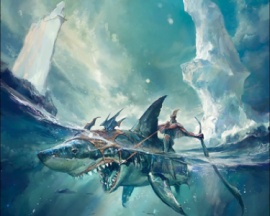






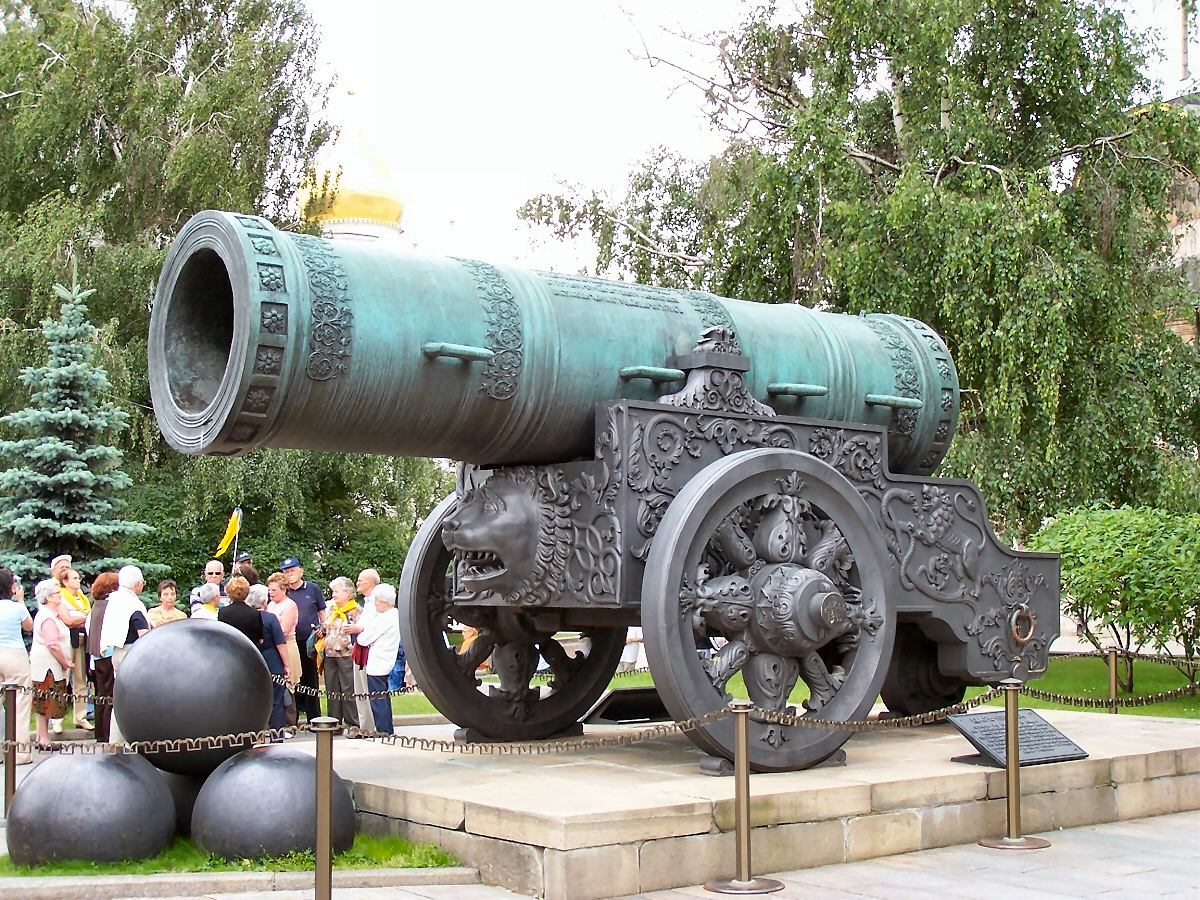
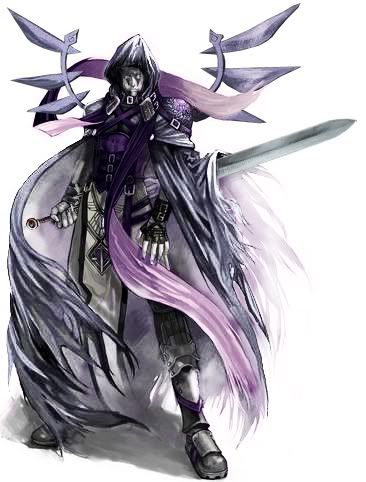

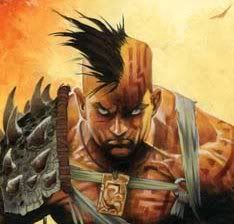






















 I got a lot of sincere questions from people asking if they were expected to give trigger warnings for everything. One trusted friend gave a great example saying some people have serious issues with food addiction and did that mean he should be giving trigger warnings before playing a game in which he as GM gave a description of a feast?
I got a lot of sincere questions from people asking if they were expected to give trigger warnings for everything. One trusted friend gave a great example saying some people have serious issues with food addiction and did that mean he should be giving trigger warnings before playing a game in which he as GM gave a description of a feast?